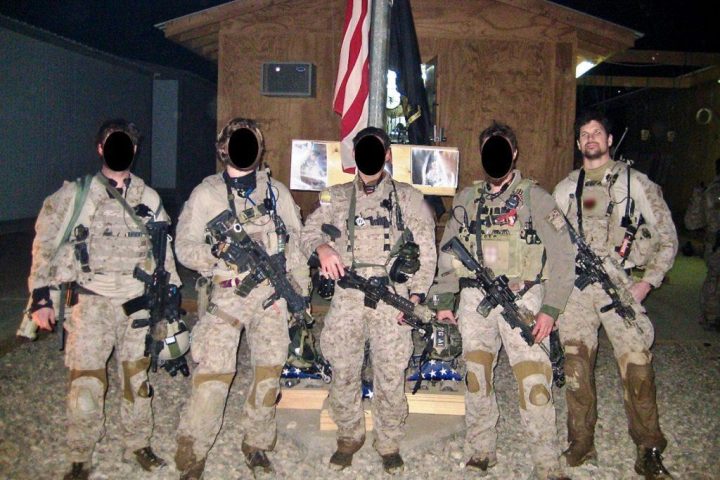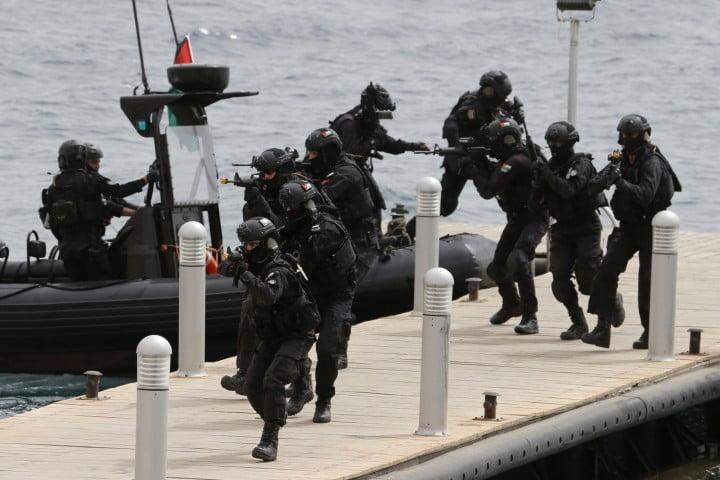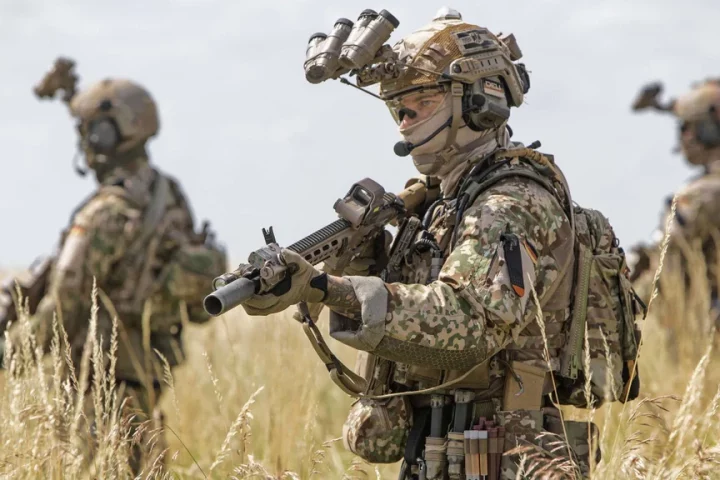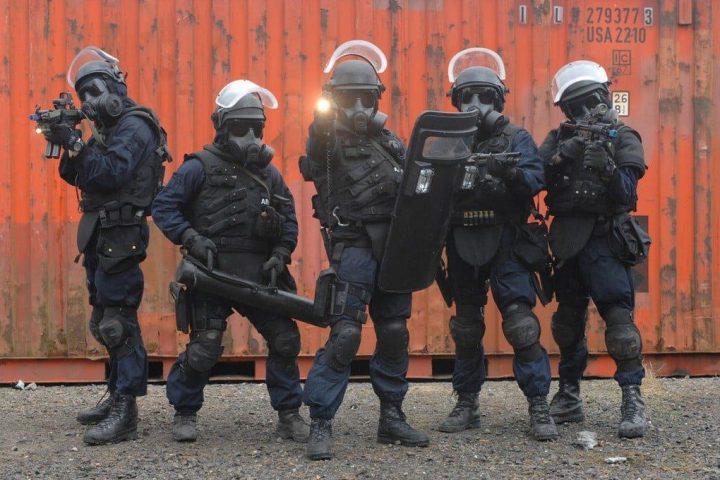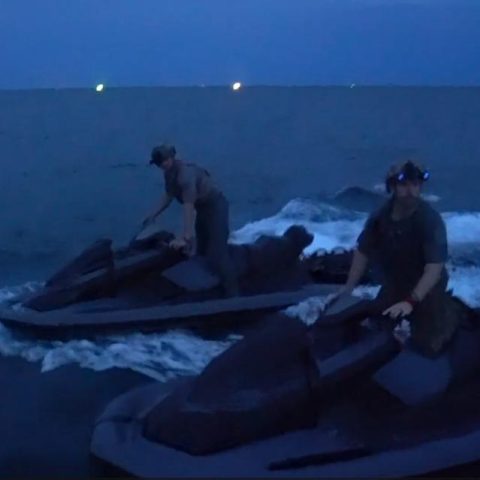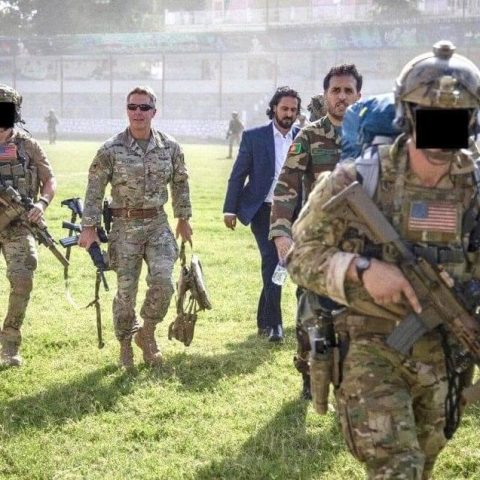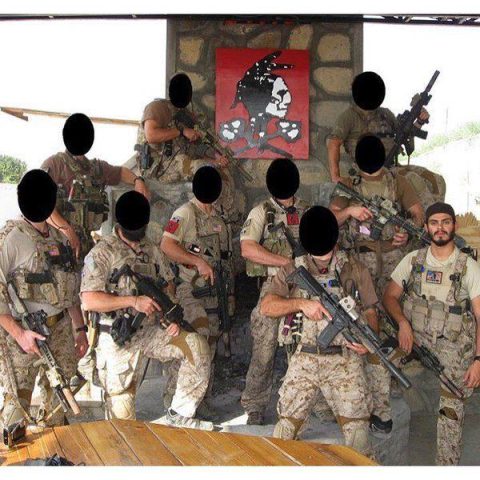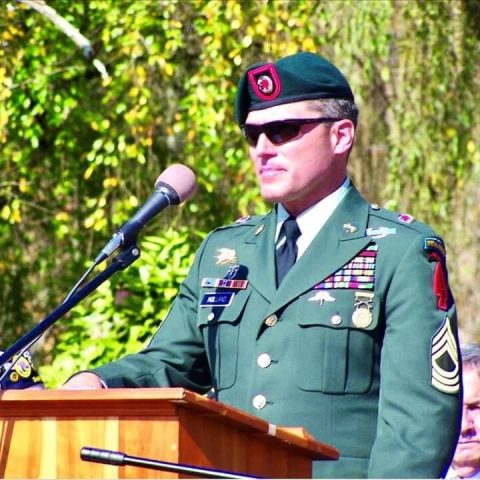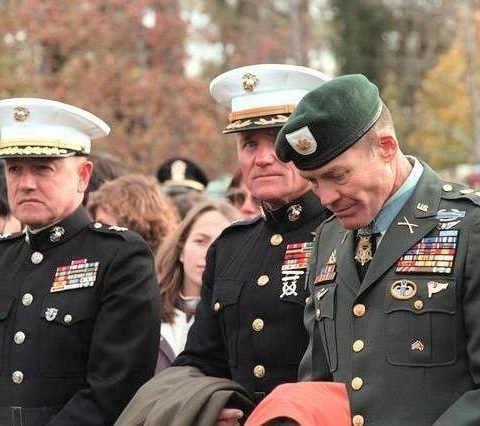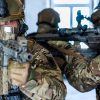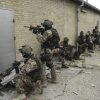The Marine Raiders are a highly specialized unit within the United States Marine Corps that excel in unconventional warfare and direct action operations. They possess a wide range of amphibious capabilities, from mapping beaches for landings to launching small-scale amphibious assaults.
Introduction
The unit was first formed during World War II to carry out light infantry operations in amphibious environments. The 1st Marine Raider Battalion, also known as “Edson’s Raiders,” and the 2nd Marine Raider Battalion, known as “Carlson’s Raiders,” are considered to be the first special operations units of the United States to be formed and deployed in combat during WWII.
The United States Marine Corps has long held a reputation as a premier branch of the armed forces. Despite this, it wasn’t until 2006 that the Marines established a presence within the Special Operations Command (SOCOM) with the formation of Marine Special Operations Command (MARSOC). In 2014, in recognition of the unit’s World War II heritage, the Marine Corps decided to rebrand MARSOC as the Marine Raiders.
Marine Raiders, or Marine Forces Special Operations Command, is a service component of USSOCOM (United States Special Operations Command) that is responsible for training, organizing, and equipping task-organized, scalable, and responsive U.S. Marine Corps special operations forces worldwide to support combatant commanders and other agencies. The command was initially composed of a small staff and the Foreign Military Training Unit (FMTU), which was formed to conduct Foreign Internal Defense.
Today, FMTU is known as the Marine Special Operations Advisor Group. Marine Raiders has been given the mandate to conduct Foreign Internal Defense, Direct Action, and Special Reconnaissance, as well as develop capabilities in Unconventional Warfare, Counter-Terrorism, and Information Operations.

Modern History
Marine Forces Special Operations Command (MARSOC) was established on November 1, 2005, as announced by US Defense Secretary Donald Rumsfeld, following a meeting between him, the USSOCOM commander General Bryan D. Brown, and the Marine Corps Commandant General Michael Hagee on October 28, 2005. The official activation of MARSOC took place on February 24, 2006, with ceremonies held at Camp Lejeune, North Carolina.
MARSOC’s formation was a result of the re-evaluation of the Marine Corps’ participation in SOCOM, which had been controversial since SOCOM was formed in 1986. Initially, Marine Corps leaders felt that their Force Reconnaissance units were best kept in the Marine Corps’ MAGTF command structure, and that the detachment of an “elite” Marine Special Operations unit from the Marine Corps would be detrimental to the Marine Corps as a whole.
However, following the September 11 attacks and the War on Terror, a new policy established by Secretary Rumsfeld and then-Commandant Gen. James L. Jones at The Pentagon caused the Marine Corps to work towards integration with SOCOM. The establishment of MARSOC represented the most significant step towards that goal, and followed the establishment of MCSOCOM Detachment One (DET1), a small Marine Corps detachment formed as a pilot program to test Marine Corps integration into SOCOM. It was made up of mostly Force Recon Marines from 1st and 2nd Force Reconnaissance Companies, along with other hand-picked support personnel, and served with Navy SEALs under Naval Special Warfare Group One.
Detachment 1 conducted a variety of special operations in Iraq alongside their Special Operations counterparts of the sister services. SOCOM conducted a study of the unit’s deployment, which indicated success and strong performance. Detachment 1 was disbanded in 2006 soon after the creation of MARSOC.
MARSOC deployed its first units in August 2006, six months after its initial activation. The first Marine Special Operations Individual Training Course began at Camp Lejeune on October 6, 2008. MARSOC’s stated end-goal is 850 CSOs, and the command reached its full operational capability in 2008.
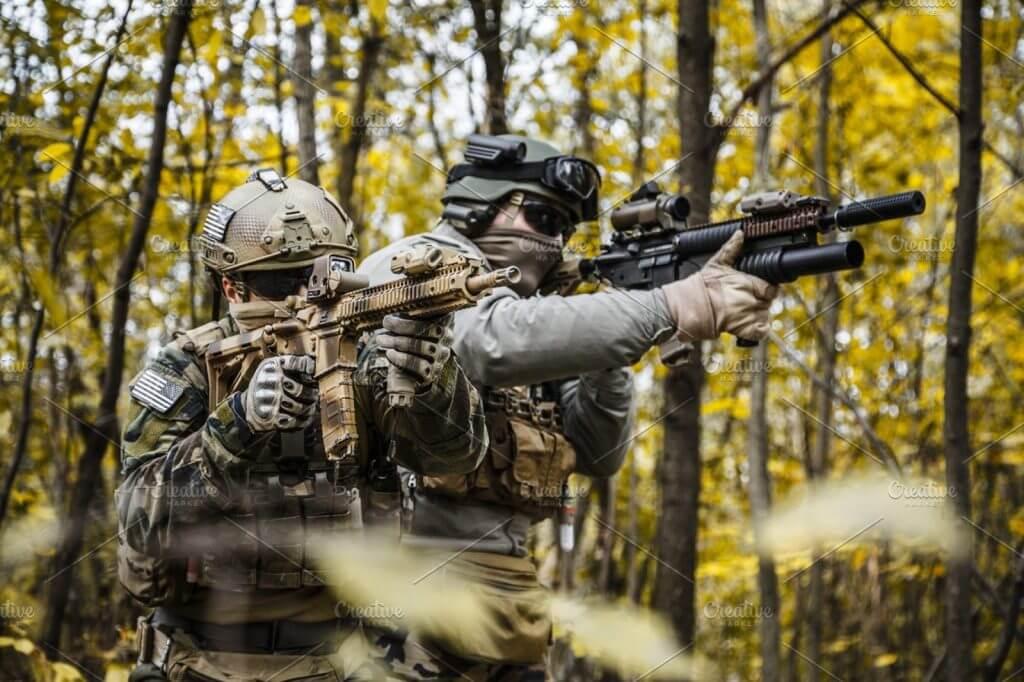
Organization
The Marine Raiders is a specialized unit that comprises approximately 2,500 Marines and sailors. At the very beginning, when MARSOC was reinitiated the organization was composed of several specialized sub-units, including:
- Marine Special Operations Battalions (MSOB): These units are based at Camp Pendleton, California and Camp Lejeune, North Carolina.
- 1st MSOB (Camp Pendleton, CA)
- 2nd MSOB (Camp Lejeune, NC)
- Marine Special Operations Advisor Group (MSOAG): Formerly known as the Foreign Military Training Unit, this group is tasked with providing training and guidance to foreign military units.
- Marine Special Operations Support Group (MSOSG): This unit provides logistics and administrative support to the other sub-units within Marine Raiders.
- Marine Special Operations School (MSOS): This institution is responsible for providing advanced training to Marines in special operations tactics, techniques and procedures.
Today, they are organized as a single regiment, consisting of three battalions. These battalions are responsible for conducting operations in different regions of the world, including Africa, the Middle East, and the Pacific. The 1st, 2nd, and 3rd Raider Battalions take turns being responsible for operations under the jurisdiction of AFRICOM, CENTCOM, and INDOPACOM respectively.
Operations
Since 2006, Marine Raiders have been deployed to over 40 different countries, participating in more than 300 operations. They have been involved in a variety of missions, including engagements with Taliban fighters in close-quarters combat, clearing ISIS strongholds in Iraq, and battling al-Shabab terrorists in Kenya. Their bravery and skill on the battlefield have earned them recognition, with more than a dozen medals for valor being awarded to members of the unit.
Marine Special Operations Team (MSOT)
The foundation of the Marine Raidrs is the fifteen-member Marine Special Operations Team (MSOT), led by a Captain (O-3). This unit is divided into three fire teams, and also includes a Navy Hospital Corpsman and a radio operator. The personnel within Marine RaidersM are commonly referred to as “Marine Raiders.”
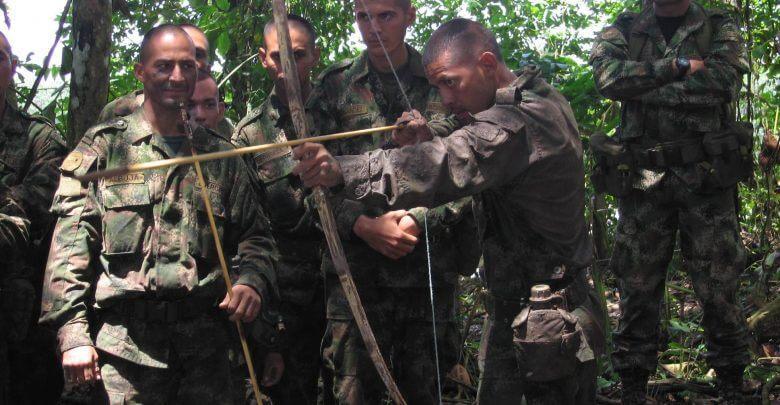
The Marine Forces Special Operations Command is headquartered at Camp Lejeune, North Carolina and is separated into three distinct commands.
Selection and training
The Marine Forces Special Operations Command appears to be a multi-talented unit, blending the capabilities of the Green Berets, Rangers, SEALs, and Marine Force Reconnaissance. It draws its candidates from Marines with 3-4 years of experience. The majority of the candidates have already been deployed and have had combat experience. The majority of the Critical Skills Operators have experienced Marines who have previously served in Infantry battalions, Recon and Force Recon units. Initially, all Critical Skills Operators came from Force Recon units.
To join Marine Raiders, the United States Marine Corps special operations component, it is recommended to first become a Marine and gain proficiency in your Military Occupational Specialty (MOS). While Marine Raiders draws heavily from infantry, it is not exclusively limited to this field. It is advisable to fully understand and excel in your current job before attempting to join Marine Raiders. The optimal time to apply is likely during the halfway point of your second enlistment.
To be considered for Marine Raiders, there are several minimum requirements that must be met, including:
- A minimum General Technical (GT) score of 105
- A minimum Physical Fitness Test (PFT) score of 225
- The ability to pass the Marine Raiders swim assessment
- The ability to obtain a Secret clearance
The selection process for Marine Raiders includes two phases: Assessment and Selection (A&S). Phase 1 is a three-week precursor course that covers basic physical training, knowledge of the Marine Corps, and fundamentals of Marine Raiders. It is important to note that passing Phase 1 does not guarantee selection to move on to Phase 2. This phase is an intense physical and psychological evaluation, designed to determine whether the candidate is compatible with the demanding lifestyle of a Marine Raiders operator.
Those who are selected to become Marine Raider will proceed to Phase 3, the Individual Training Course. This is a 9-month course, where the operator will receive specialized training to excel in the role of a Marine Raiders operator.



